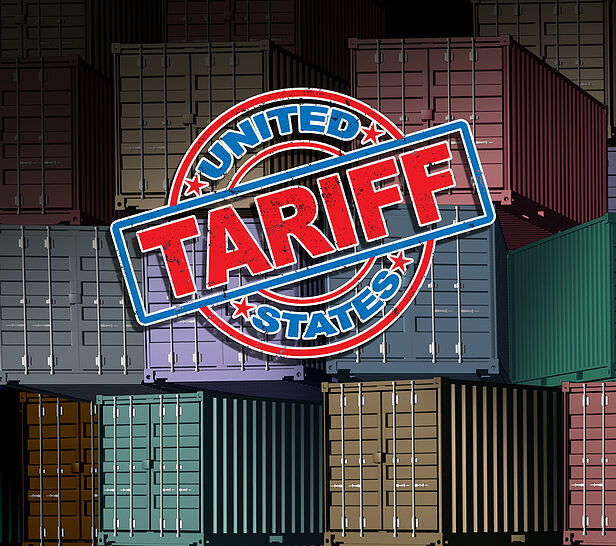It’s only right that American families deserve every opportunity to savor life and enjoy little luxuries when they can.
The “de minimis” tax break, which allowed billions of packages from overseas vendors to enter the U.S. without tariffs, has been a boon for online shoppers. With the administration’s recent decision to end this income-saving tax break, profound and expensive changes are in store for consumers.
More than 4 million packages from overseas arrive daily in the United States, a significant part valued under $800. Under the de minimis tax threshold, these packages enjoyed tariff-free entry, which sped up delivery and saved money for consumers on everything from electronics to clothing. This provision’s alteration means any package, regardless of its value, now faces tariff inspections and potential charges.
For families, the effect is straightforward: the cost of consumer goods will rise. Whether it’s an electronic robot vacuum from Singapore or affordable clothing from India, the economic pinch will be felt. The affordability and accessibility of products — once within financial reach, thanks to the de minimis tax break — are now in jeopardy.
The changes go beyond increased prices. The need to inspect all incoming packages imposes significant logistical challenges on customs. The government will need to hire many more customs agents to manage the influx. This increased regulation will inevitably lead to slower delivery times, transforming the current speed of e-commerce that consumers have grown to expect.
So, who were these people benefiting from the de minimis tax break? Consider a high school senior who dreamed of wearing a gown similar to one the first lady wore to a state dinner. While the original could cost upward of $50,000, replicas from overseas vendors offered a delightfully affordable alternative at $200.
It’s not just about luxury items mimicking high-end fashion. Families nationwide depend on these tax savings for necessities and the occasional indulgence, often paying less for products that would otherwise be unattainable due to domestic price points.
A study by UCLA and Yale indicates that direct-to-consumer shipments, particularly the de minimis shipments from overseas, are significantly more important for low-income households. Seventy-three percent of direct shipments imported by the poorest ZIP codes are categorized as de minimis, compared to only 52 percent for the wealthiest ZIP codes.
It’s not just consumers who benefit; many small businesses rely on overseas goods and products to maintain their inventory and produce their goods. This is especially true for those depending on global supply chains for inputs or specializing in low-value, high-volume shipments. The de minimis exemption provides a crucial lifeline. It streamlines the importing process, reduces costs, and enables these businesses to remain competitive and potentially expand their reach globally.
Often overlooked in discussions about economic theories, such as trade imbalances, is the fact that not all trade imbalances are necessarily negative. Overall, Americans enjoy a higher standard of living due to our income. This increased income allows Americans to spend more and have greater disposable income, enabling us to import more goods and improve our quality of life.
Ending this tax break might mean buying local for some, though the real challenge is whether domestic products can match the affordability that once came from abroad. For years, American families have relished the vast marketplace that global trade offers, finding essentials and splurges online at prices tailored to various budgets.
While tariffs could push consumers toward American-made products, they also risk limiting choice and increasing costs. The added pressures on customs and infrastructure could lead to potential delays, affecting the efficiency of goods’ movement across the border.
Ultimately, the closure of the de minimis tax break means families will have fewer choices, thereby changing consumer behavior.
The administration might consider lowering the de minimis tariff threshold below the $800 as an alternative.
As the market adjusts to these changes, individuals will need to navigate a new landscape where the cost-efficiency of cross-border shopping has been erased, and the immediate effects on families’ wallets are yet to be felt.


